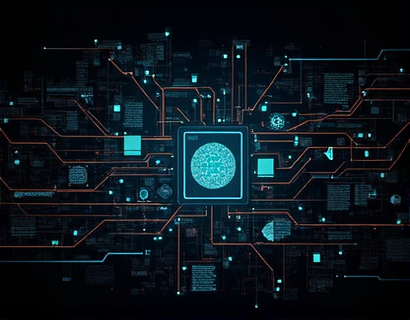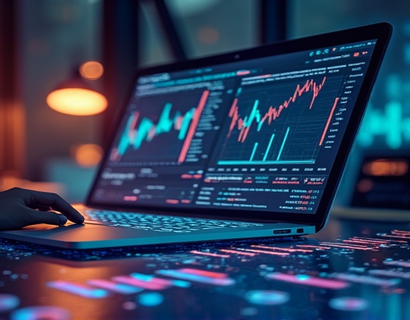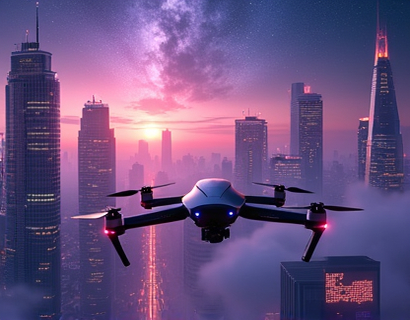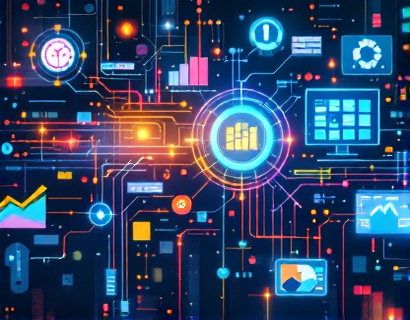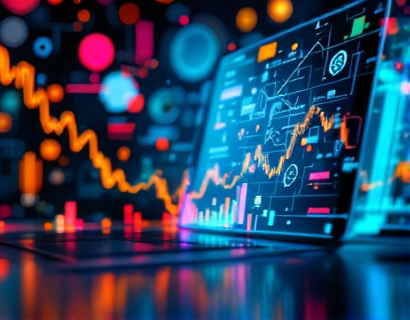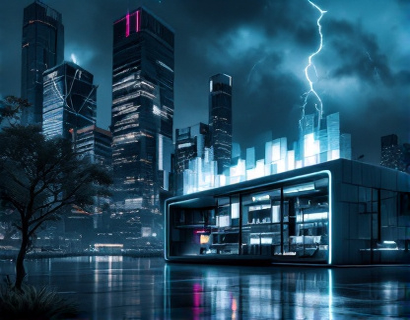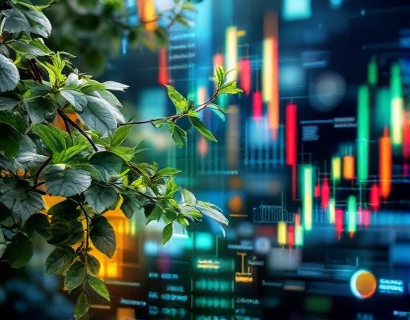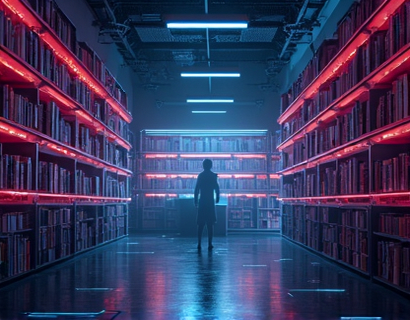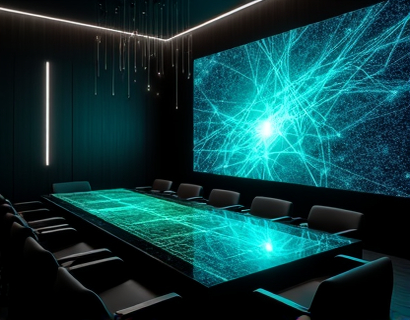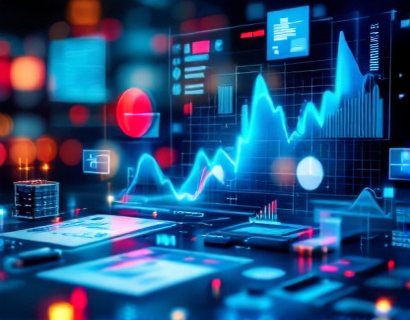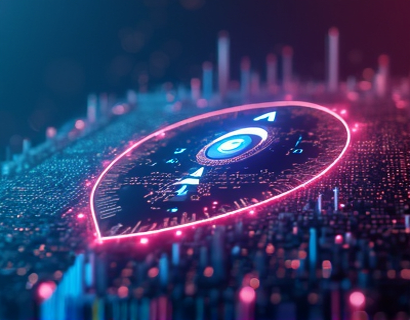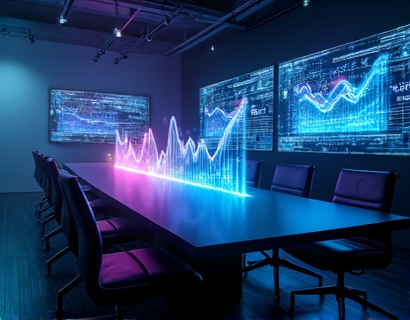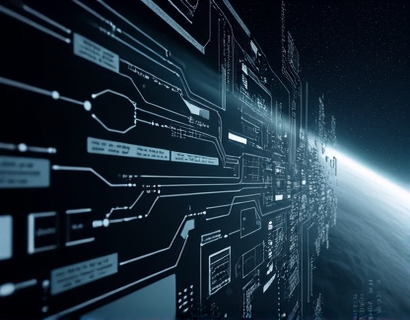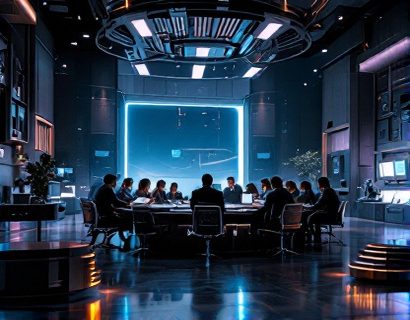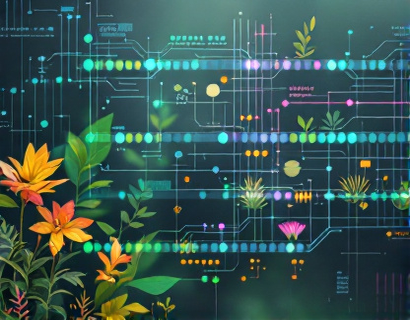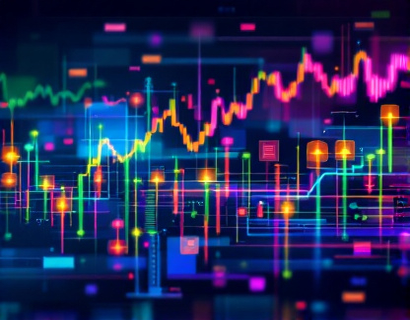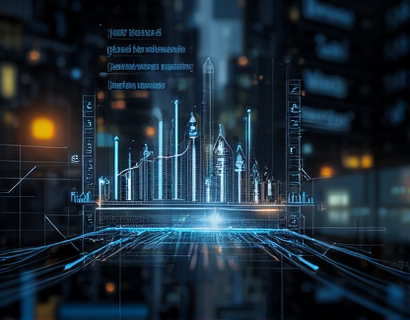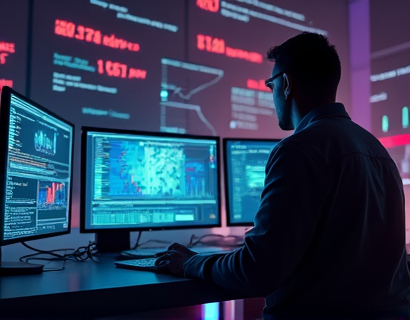Unlocking the Magic: Transforming Physical and Digital Assets into Enchanted Collectibles
The intersection of physical and digital realms has given rise to a revolutionary concept: the transformation of ordinary items into captivating digital collectibles. This process, powered by cutting-edge online solutions, opens a gateway to a world where creativity and technology converge, offering unprecedented opportunities for enthusiasts and collectors alike. In this article, we delve into the intricacies of this digital alchemy, exploring how your unique possessions can be metamorphosed into enchanting artifacts that hold both sentimental and monetary value.
The Evolution of Collectibles
Collectibles have been a part of human culture for centuries, from ancient coins to rare stamps and modern-day trading cards. The allure of collecting lies in the uniqueness, scarcity, and emotional connection we form with these items. However, the digital age has expanded this concept, allowing for the creation of digital collectibles that exist solely in the virtual space. These digital artifacts can range from 3D models and virtual art to digital tokens and NFTs (Non-Fungible Tokens), each offering a new dimension to the traditional collecting experience.
What Are Digital Collectibles?
Digital collectibles are unique digital assets that are verified and stored on a blockchain, ensuring their authenticity and scarcity. Unlike cryptocurrencies, which are fungible and interchangeable, digital collectibles are one-of-a-kind, much like physical collectibles. They can be visual art, music, videos, or even experiences, and they often come with metadata that describes their attributes and provenance. This metadata is crucial as it provides context and adds value to the digital asset, making it more than just a file on a computer.
The Process of Transformation
Transforming physical and digital assets into enchanted digital collectibles involves several steps, each leveraging advanced technologies to preserve the essence of the original item while enhancing its digital form. The process begins with digitization, where physical items are scanned or photographed to create high-resolution digital representations. For digital assets, this step is often skipped, but the digital file itself may require optimization to ensure it meets the standards of the digital collectible platform.
The next step is the creation of metadata. This involves detailing the attributes of the asset, such as its description, creator, date of creation, and any relevant history. Metadata is not just a formality; it is a critical component that adds depth and value to the digital collectible. A well-crafted metadata set can tell a story, evoke emotions, and provide context, making the digital asset more appealing to collectors.
Blockchain Technology: The Backbone of Digital Collectibles
Blockchain technology plays a pivotal role in the creation and verification of digital collectibles. A blockchain is a decentralized ledger that records transactions across multiple computers in such a way that the registered transactions cannot be altered retroactively. This ensures that each digital collectible is unique and cannot be replicated or tampered with. When a digital collectible is minted on a blockchain, it receives a unique identifier, often in the form of a cryptographic hash, which serves as its digital fingerprint.
This process, known as minting, involves several technical steps. First, the digital asset and its metadata are packaged into a smart contract, a self-executing contract with the terms of the agreement directly written into code. The smart contract is then deployed on the blockchain, where it is verified by network participants. Once verified, the digital collectible is added to the blockchain, making it a permanent part of the digital ecosystem. Collectors can then purchase, trade, or display these collectibles with the assurance of their authenticity and scarcity.
Enhancing Value Through Rarity and Provenance
The value of digital collectibles is often determined by their rarity and provenance. Rarity refers to the limited number of collectibles available, which can be controlled through the minting process on the blockchain. For instance, a digital artist might create a limited edition of 100 unique digital art pieces, each with its own metadata and blockchain entry. The scarcity of these pieces increases their desirability and potential value.
Provenance, or the history of ownership and authenticity, is another critical factor. Blockchain's transparent and immutable nature ensures that the history of a digital collectible is easily traceable. Collectors can verify the ownership chain, from the creator to the current holder, adding a layer of trust and credibility. This transparency not only enhances the value of the collectible but also fosters a sense of community and trust among collectors.
Creating Enchanting Digital Artifacts
Transforming physical items into digital collectibles is not just about digitization; it's about creating an enchanting experience. For example, a vintage photograph can be transformed into a digital collectible by adding interactive elements, such as augmented reality (AR) features that bring the image to life when viewed through a smartphone. Similarly, a handcrafted piece of jewelry can be 3D scanned and rendered in a virtual environment, allowing collectors to view and interact with it in a fully immersive way.
The use of advanced technologies like AR, virtual reality (VR), and interactive web experiences can significantly enhance the appeal of digital collectibles. These technologies allow collectors to engage with their assets in new and exciting ways, making the digital collecting experience as rich and rewarding as its physical counterpart. For instance, a digital collectible that represents a famous painting could include an AR feature that overlays historical information or artist interviews when viewed through a device, providing a deeper connection to the artwork.
Building a Community of Creative Visionaries
The transformation of physical and digital assets into digital collectibles is not a solitary endeavor. It thrives on a community of creative visionaries who share a passion for innovation and artistry. Online platforms dedicated to digital collectibles serve as hubs where creators, collectors, and enthusiasts can connect, collaborate, and share their experiences. These communities often host events, challenges, and exhibitions that foster creativity and drive the growth of the digital collectibles market.
Joining such a community provides access to a wealth of resources, including tutorials, forums, and mentorship opportunities. Creators can learn from each other, exchange ideas, and get feedback on their projects. Collectors can discover new and unique items, participate in discussions, and build relationships with like-minded individuals. This sense of community is vital for the continued growth and evolution of the digital collectibles space.
Challenges and Considerations
While the potential of digital collectibles is vast, there are several challenges and considerations to keep in mind. One of the primary concerns is the technical complexity involved in the transformation process. Creating high-quality digital representations and metadata requires a certain level of technical expertise, which may be a barrier for some users. However, as the technology matures, user-friendly tools and platforms are emerging to make the process more accessible.
Another consideration is the environmental impact of blockchain technology, particularly proof-of-work blockchains, which consume significant amounts of energy. To mitigate this, many projects are exploring more sustainable blockchain solutions, such as proof-of-stake models, which are less resource-intensive.
Legal and regulatory issues also play a role in the adoption of digital collectibles. Intellectual property rights, tax implications, and the legal status of NFTs vary by jurisdiction, and collectors and creators must navigate these complexities. Staying informed and compliant with local laws is essential for anyone involved in the digital collectibles space.
The Future of Digital Collectibles
The future of digital collectibles is bright, with ongoing advancements in technology and increasing adoption by mainstream audiences. As more people become familiar with blockchain and digital assets, the demand for unique and verifiable digital collectibles is likely to grow. This growth will drive innovation, leading to new forms of digital art, experiences, and even virtual worlds where collectibles can be used and traded.
Moreover, the integration of digital collectibles with other industries, such as gaming, entertainment, and even real estate, opens up new possibilities. For example, digital collectibles could be used as in-game items, virtual real estate, or even as a form of digital currency. The versatility of digital collectibles ensures that their applications will continue to expand, offering endless opportunities for creativity and value creation.
In conclusion, the transformation of physical and digital assets into enchanted digital collectibles is a fascinating and rapidly evolving field. By leveraging cutting-edge technologies and fostering a community of creative visionaries, this space offers a unique blend of artistry and innovation. Whether you are a creator looking to bring your physical items to life in the digital realm or a collector seeking new and exciting assets, the world of digital collectibles is a realm worth exploring.




